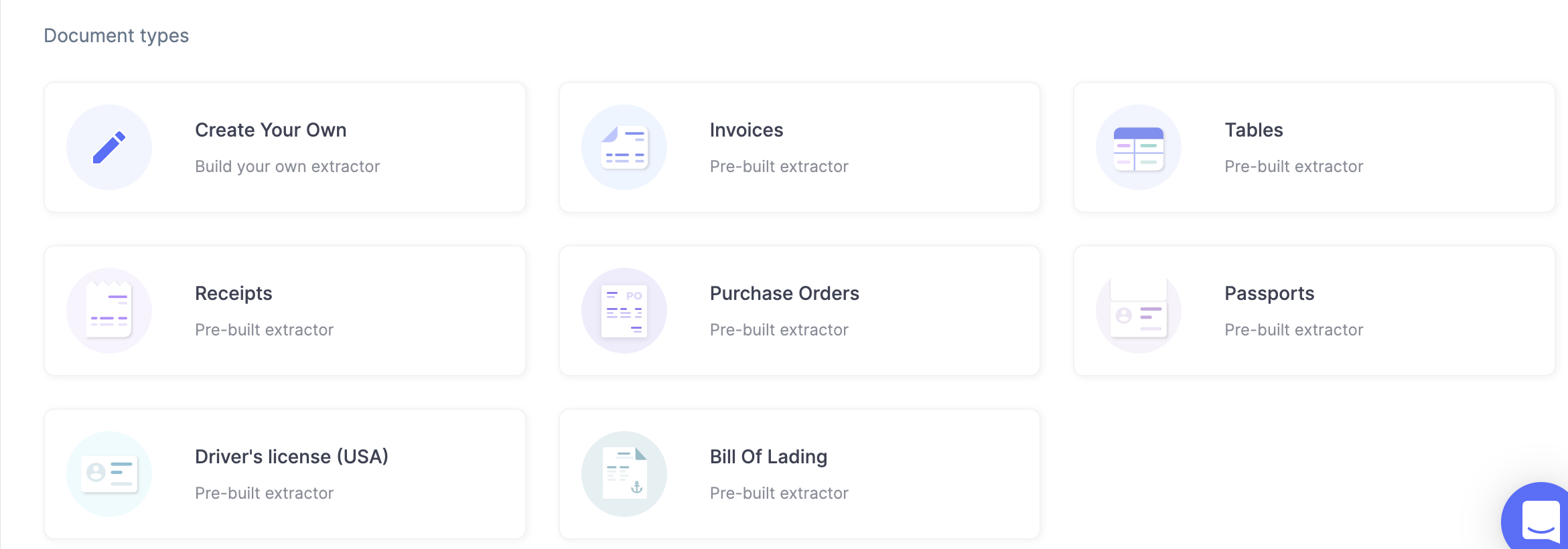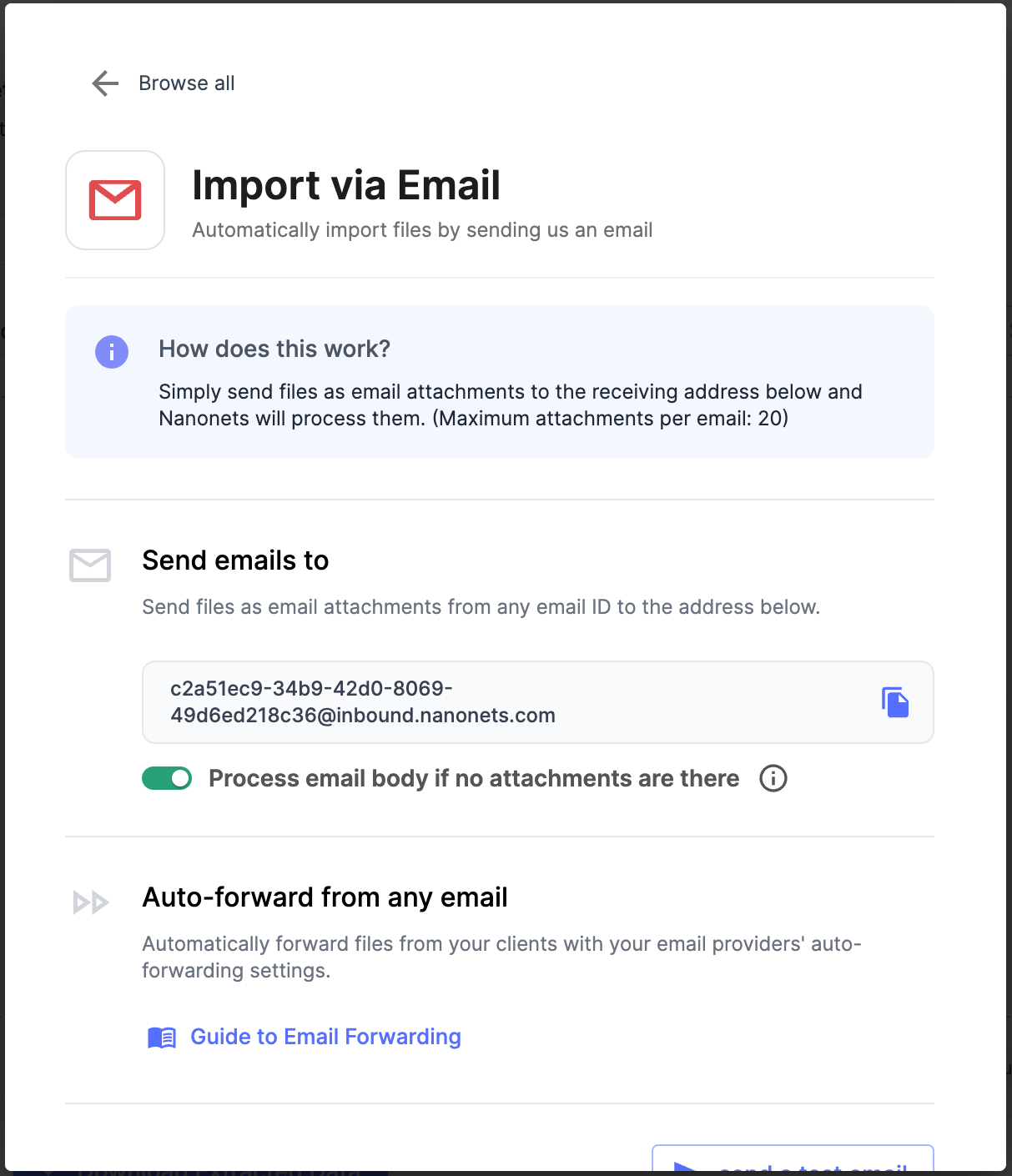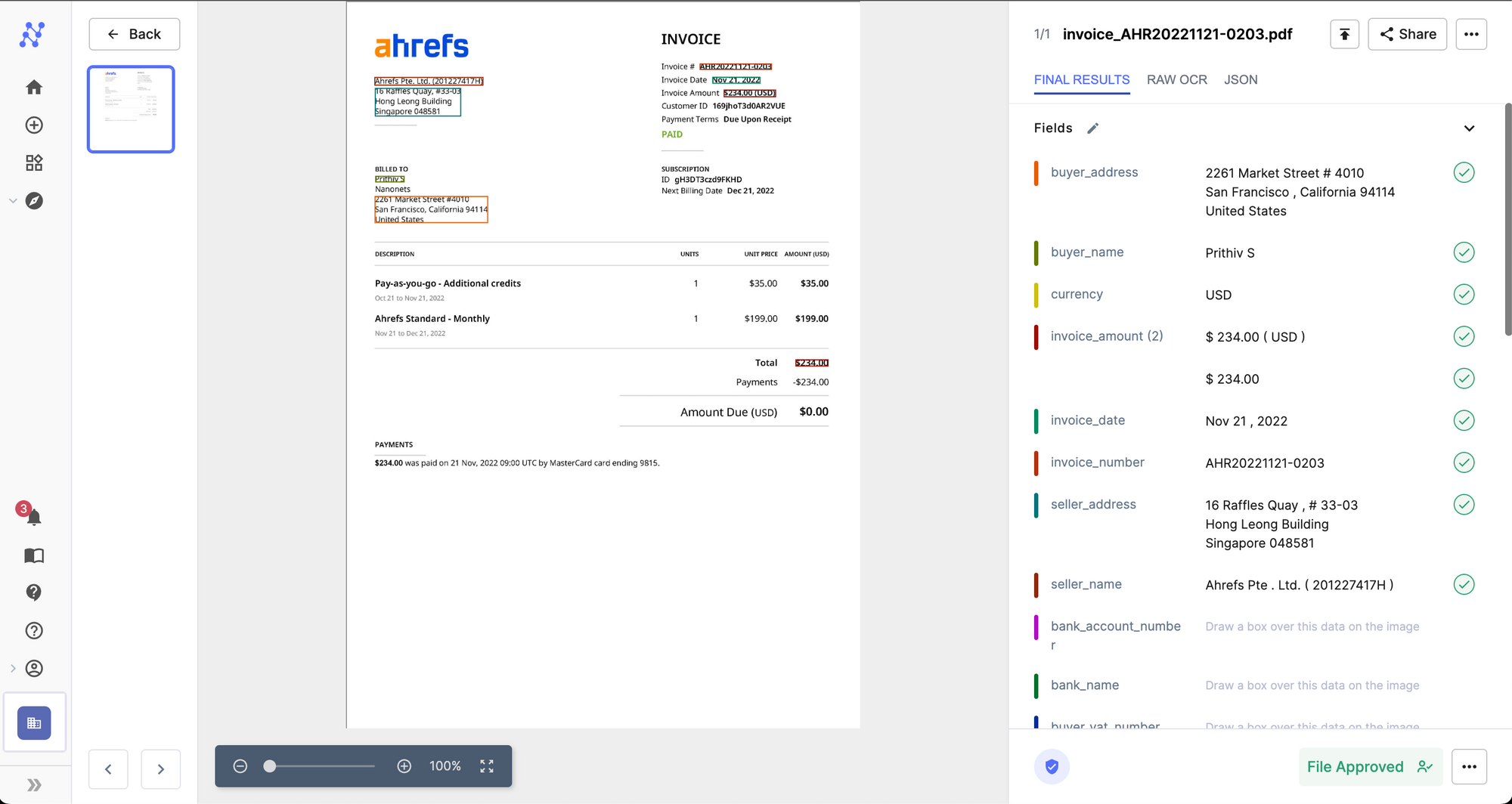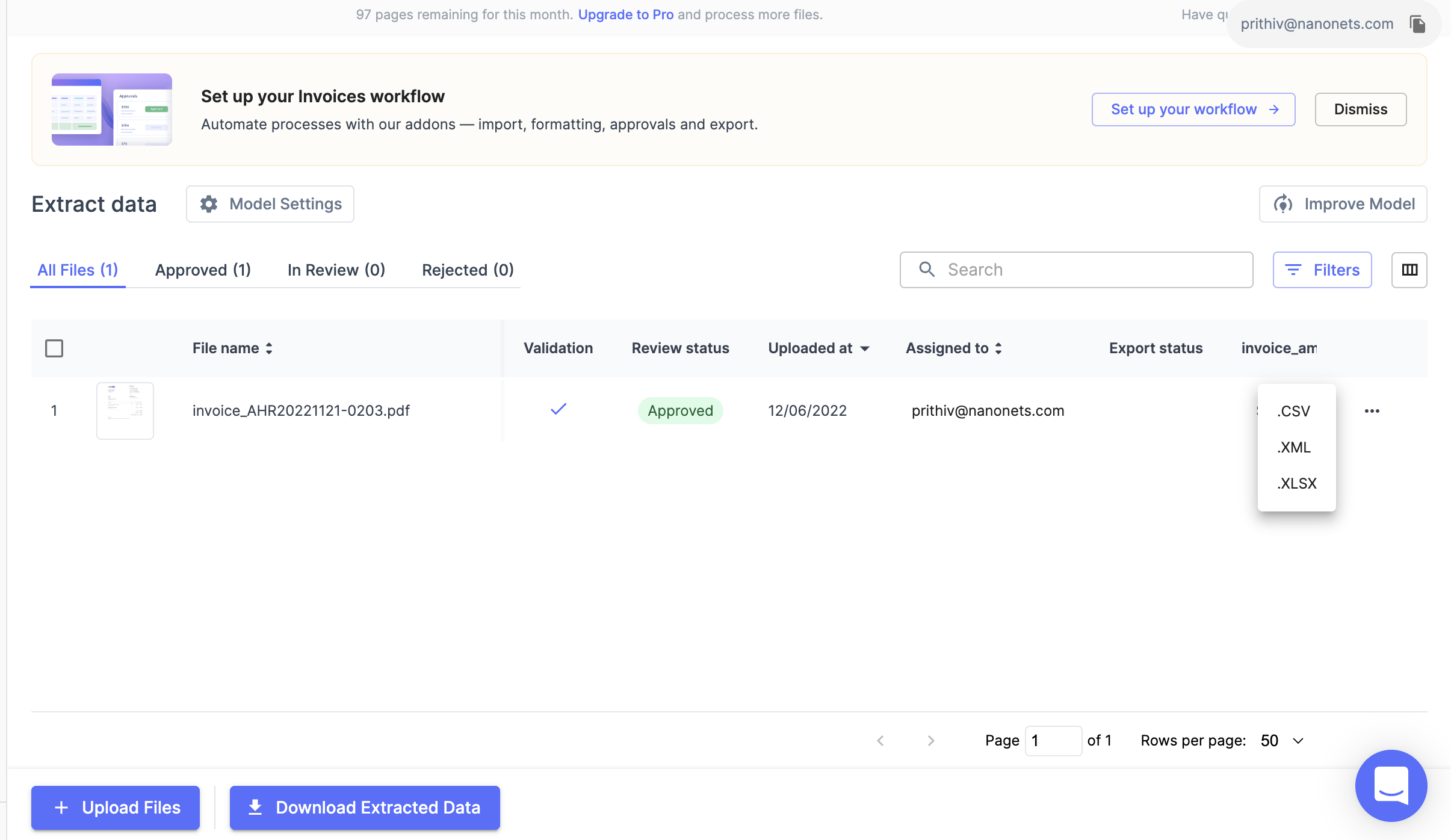So why create a food delivery API?
Couldn’t you just use an API provided by major food delivery apps like Grubhub, Eat24, Seamless, or UberEats?
Well, it’s not that simple.
For starters, there is no standard API format that all delivery platforms adhere to. And sadly, almost none of the food delivery platforms provide a public API – your best bet is to pay for access.
Even if you envisioned a product that could revolutionize food delivery or restaurant management, you would be stuck without access to a unified open food delivery API.
But what if there was a workaround?
In this post, we show you how Nanonets can help you build a kind of food delivery API by pulling data from delivery emails.
Use cases for a food delivery API
A food delivery API can be used to power various services, here are some examples:
- Provide data analytics and insights to restaurants so they can spot trends in order types, popular foods, customer demographics, and more. Food delivery apps generally do not share such information.
- Optimize or manage a delivery fleet that receives orders from various restaurants or food delivery apps.
- Power cloud kitchens that could scale a restaurant’s reach.
- Create an integrated platform for restaurants to receive and handle orders across all delivery platforms.
- Allow dark stores or fulfillment centers to predict demand and deliver food to restaurants on time.
- Extract phone numbers or contact details from delivery emails.
Using Nanonets to create a custom food delivery API
Nanonets is an AI-powered OCR software that automates all kinds of data transformation workflows.
Nanogrids can recognize and extract data from emails, email attachments, PDFs, images, documents, spreadsheets, and other types of data sources. The extracted data can be sent to or embedded in any business application of your choice.
To create your own food delivery API, you’ll create a custom email scanner with Nanonets to scan all food delivery emails.
This food delivery email extractor will extract specific data from delivery emails sent by various apps (Grubhub, Eat24, Seamless or UberEats). And this data can be used to power your API.
Create your own food delivery API with Nanonets. Analyze food delivery emails and automate your workflows.
How to Analyze Food Delivery Emails with Nanonets
Follow these steps to create your own food delivery email parser and send the data anywhere you want:
Create an account
Sign up to get started with Nanonets.
Or log in to your Nanonets account.
Select a data analyzer
Depending on the types of emails you want to analyze data from, create your own data analyzer or select one of Nanonets prebuilt data analyzers.
A pre-built data parser is an AI that has been trained on thousands of examples of a particular data/document type.

Import your emails
Next, import some emails into your data analyzer.
Simply automatically forward your emails to a dedicated Nanonets inbox or receiving address. And Nanonets will then capture all these emails in its data analyzer.
You can also set up an automatic import of files from cloud storage, databases, or connect to other sources via an API.

Nanonet’s pre-built data parser extracts relevant data from the email body and/or attachment in forwarded emails.
You can even quickly edit, review, or approve the extracted data.

Export or automate the workflow
Complete the process by selecting your preferred output format: Excel or csv (among other options).
You can also automate this entire workflow by specifying data enhancements/transformations, setting up approvals, and sending the final results to any business application of your choice.

Carry
It sucks that there is no unified API that can work across all food delivery apps.
But you can still power your own food delivery API with a smart data parser like Nanonets along with some integrations.
Nanogrids can achieve this by extracting data from delivery emails. Nanonets Email Parser can be used to extract information from all types of emails, for example, export Outlook emails to Excel or extract data from email attachments.






